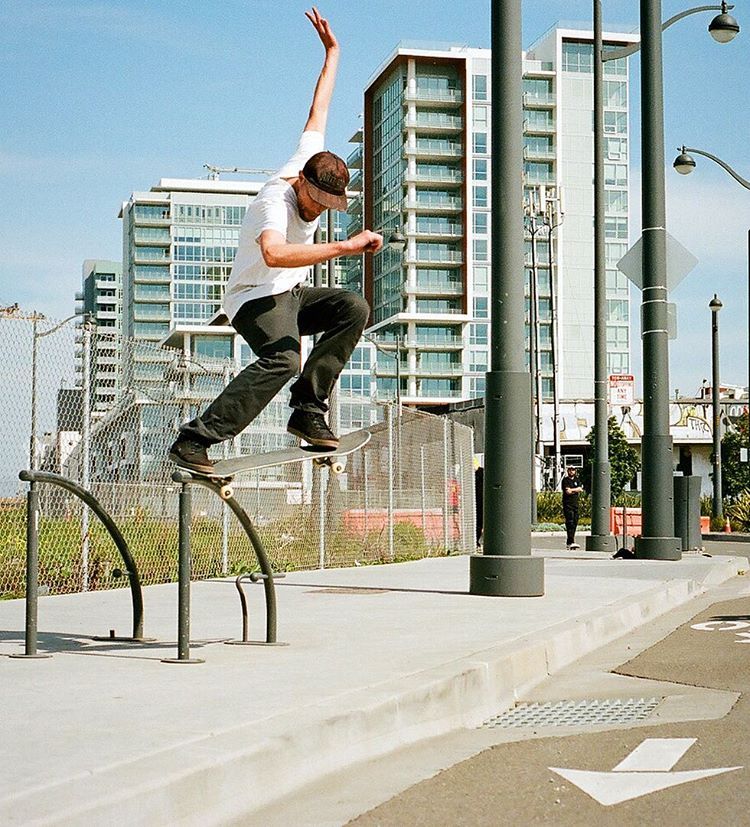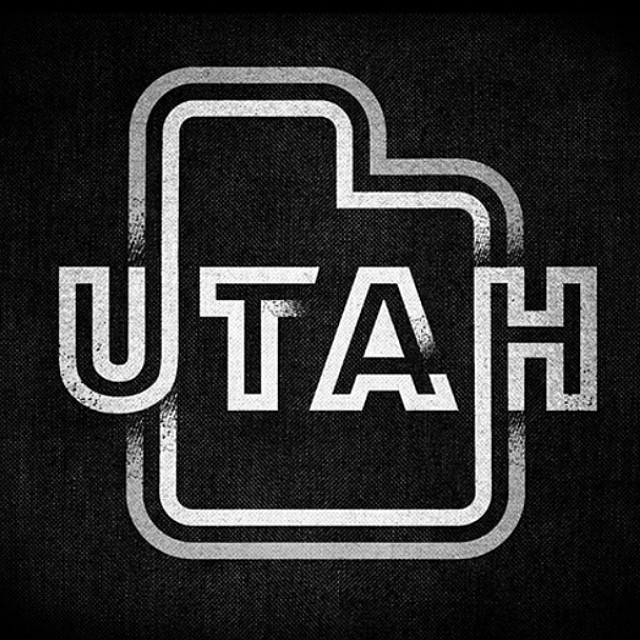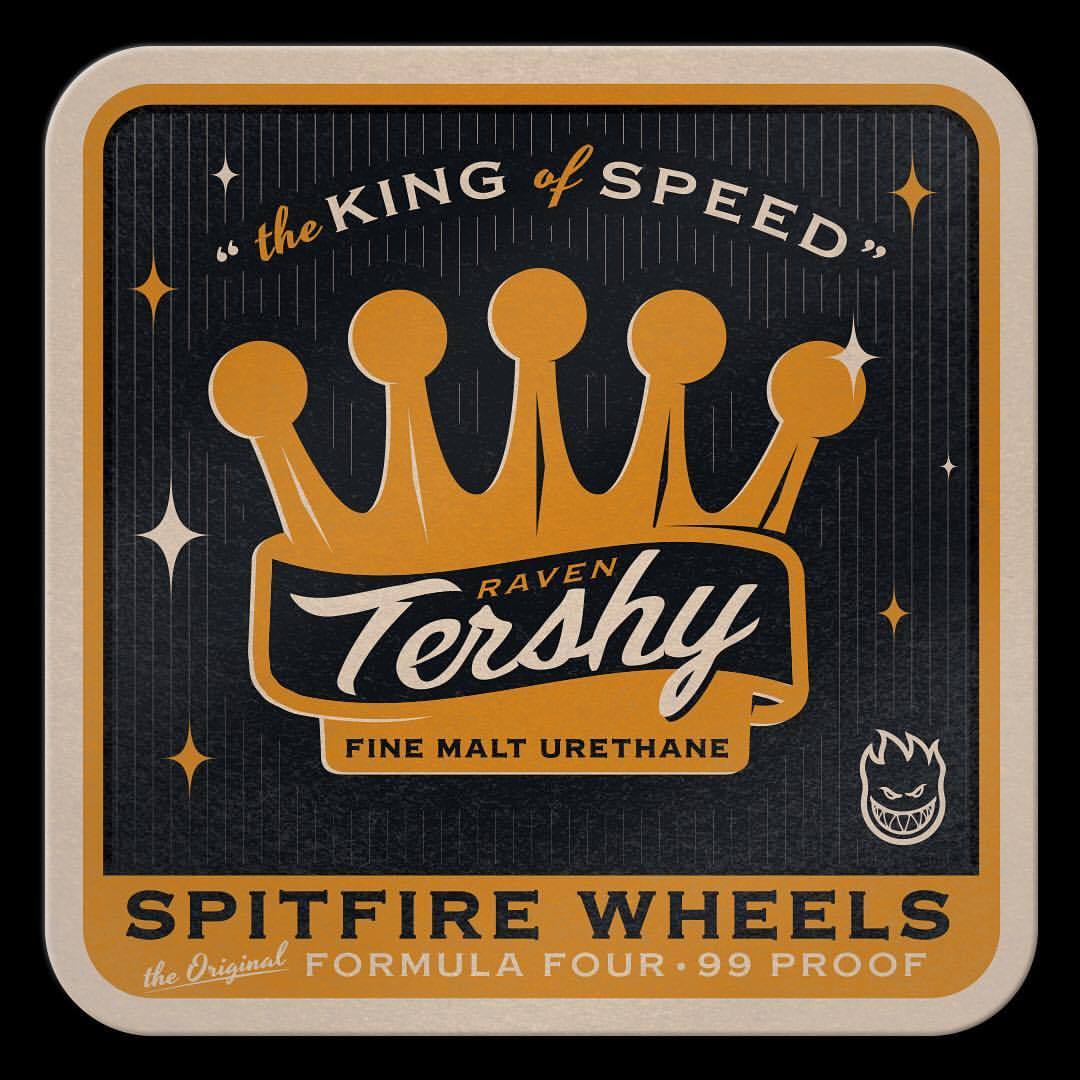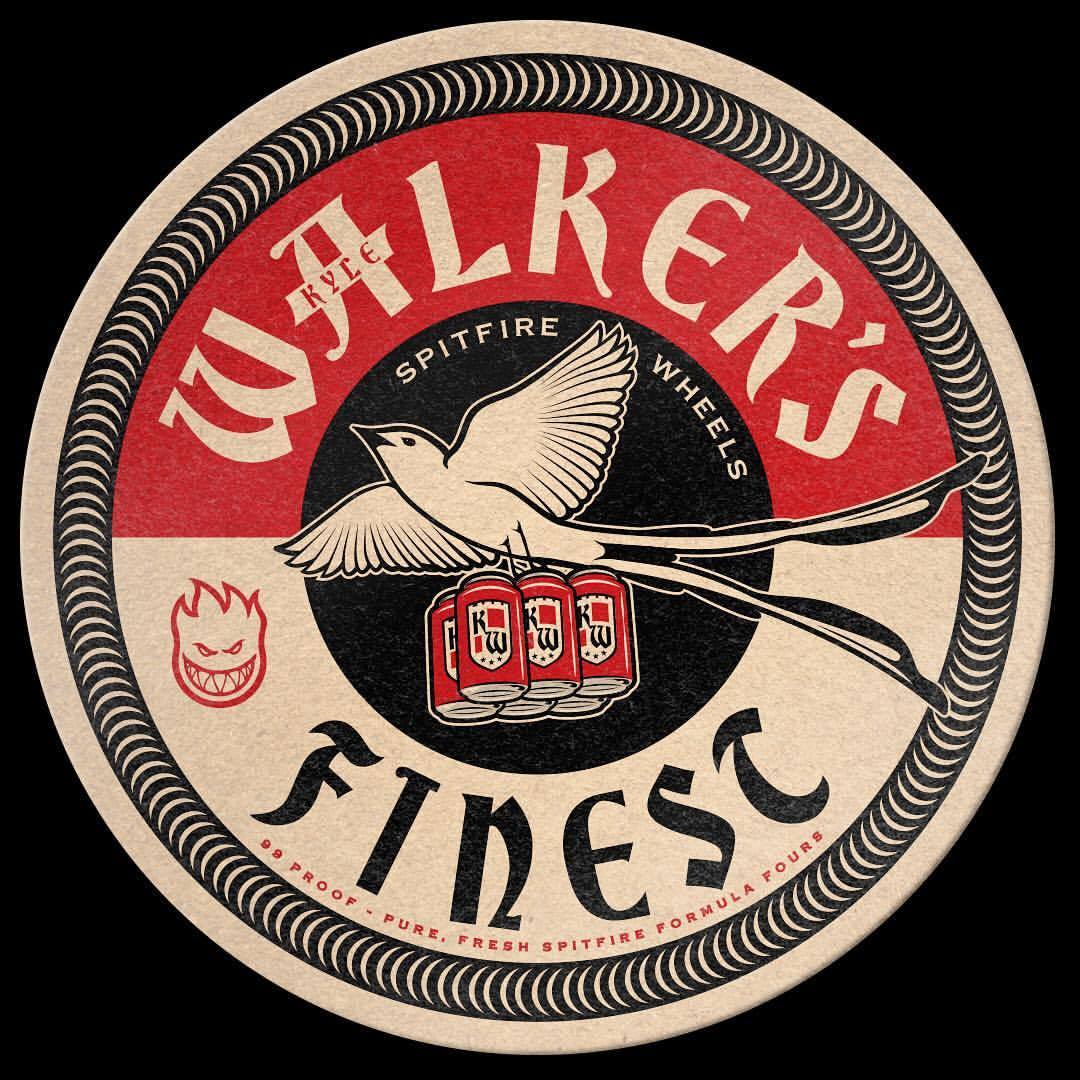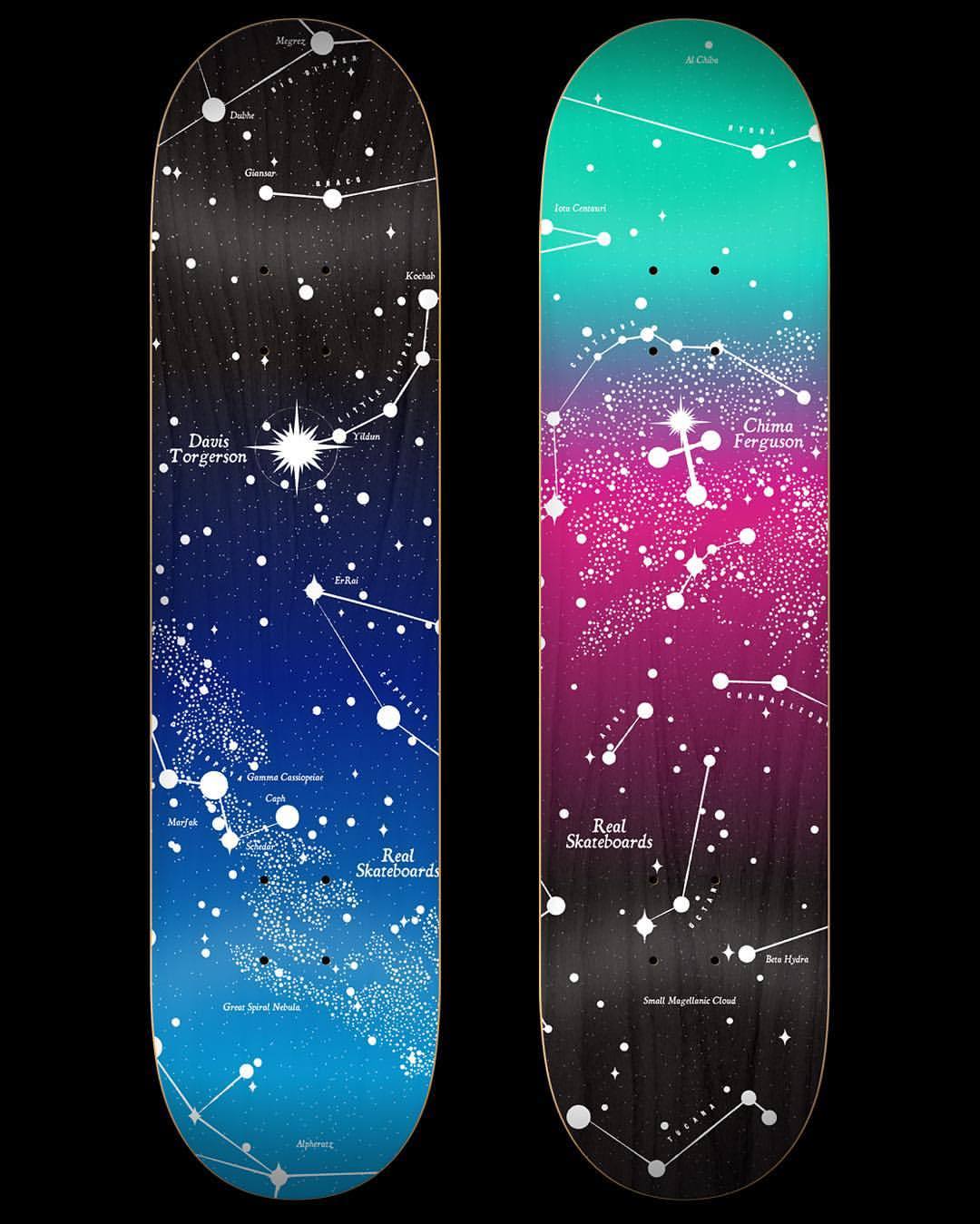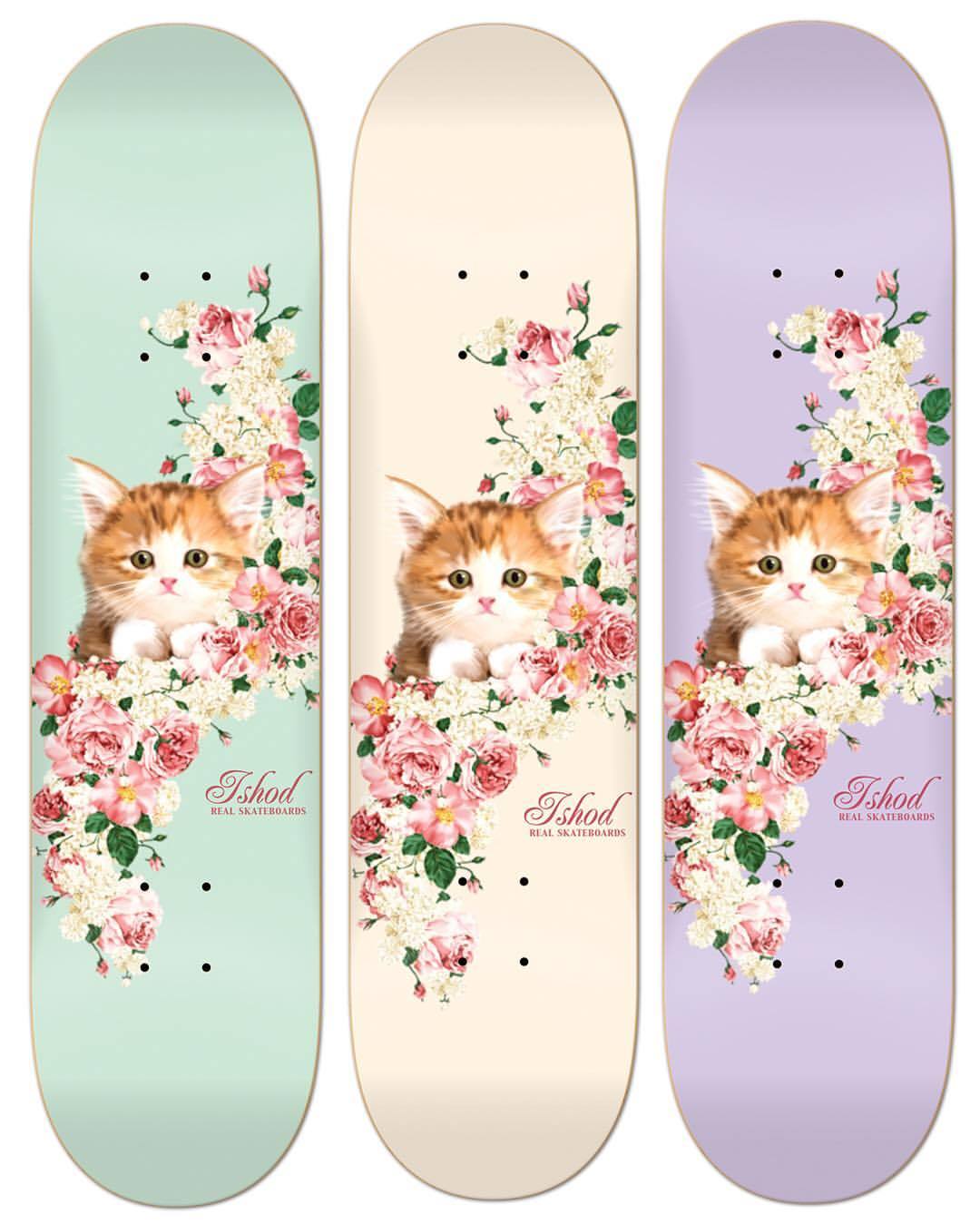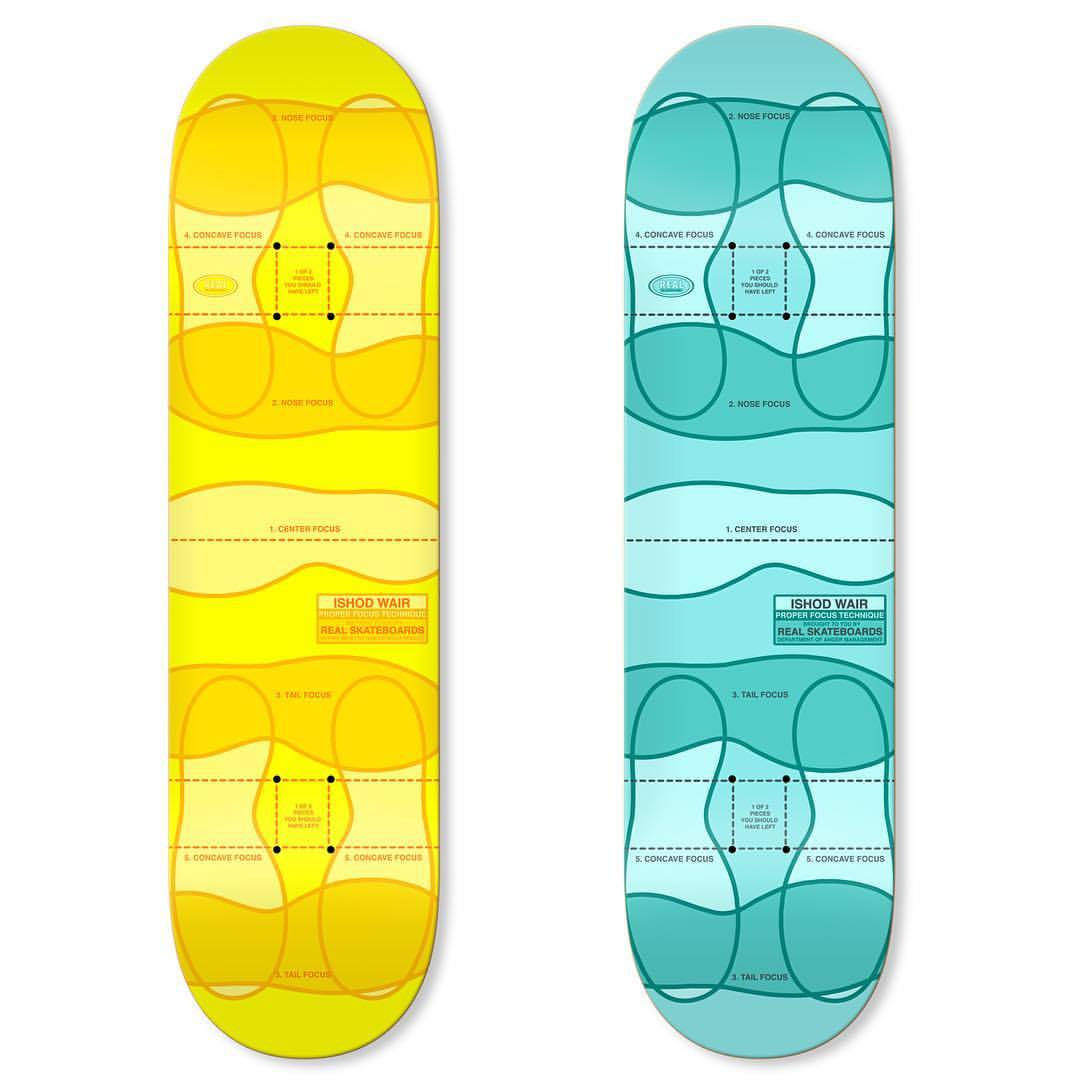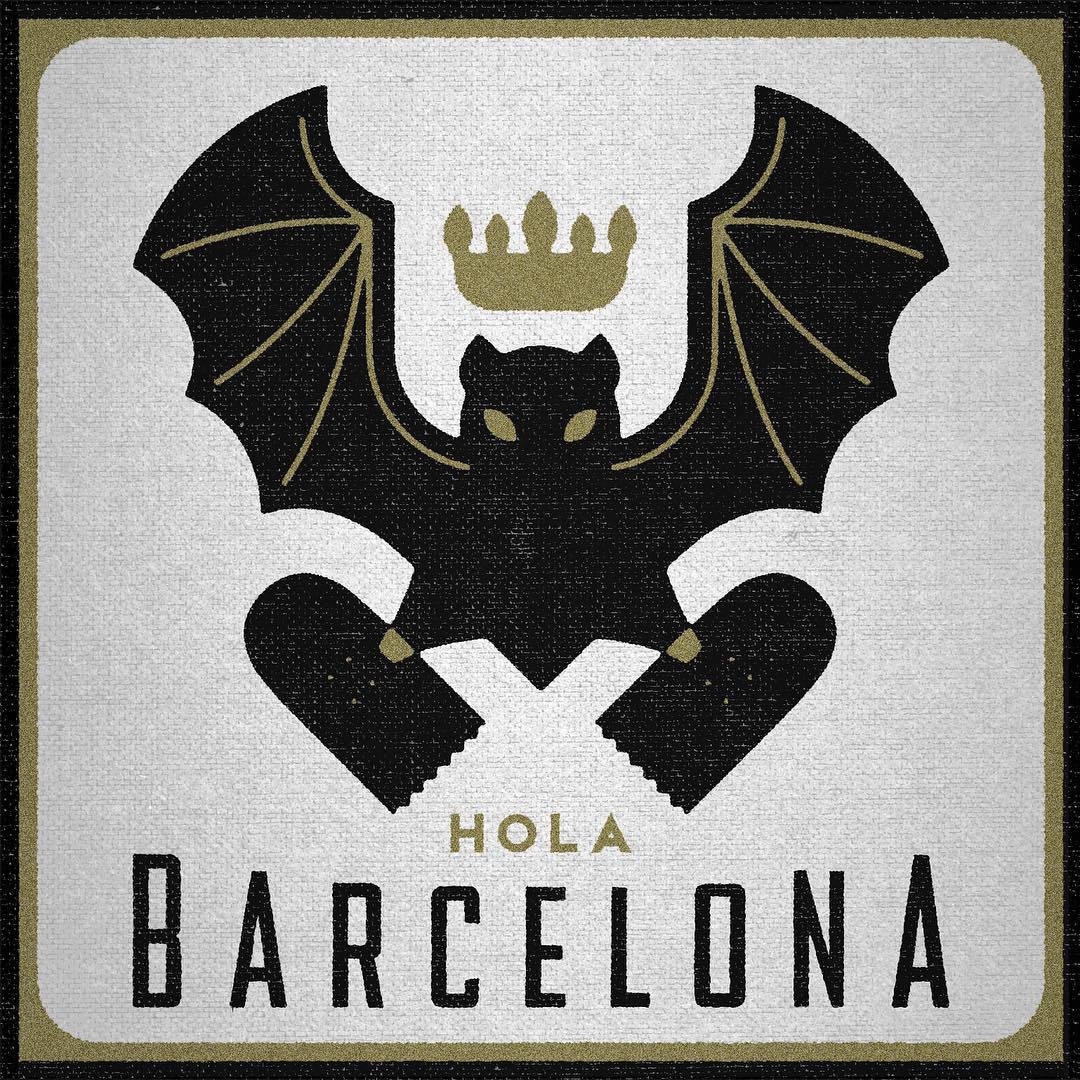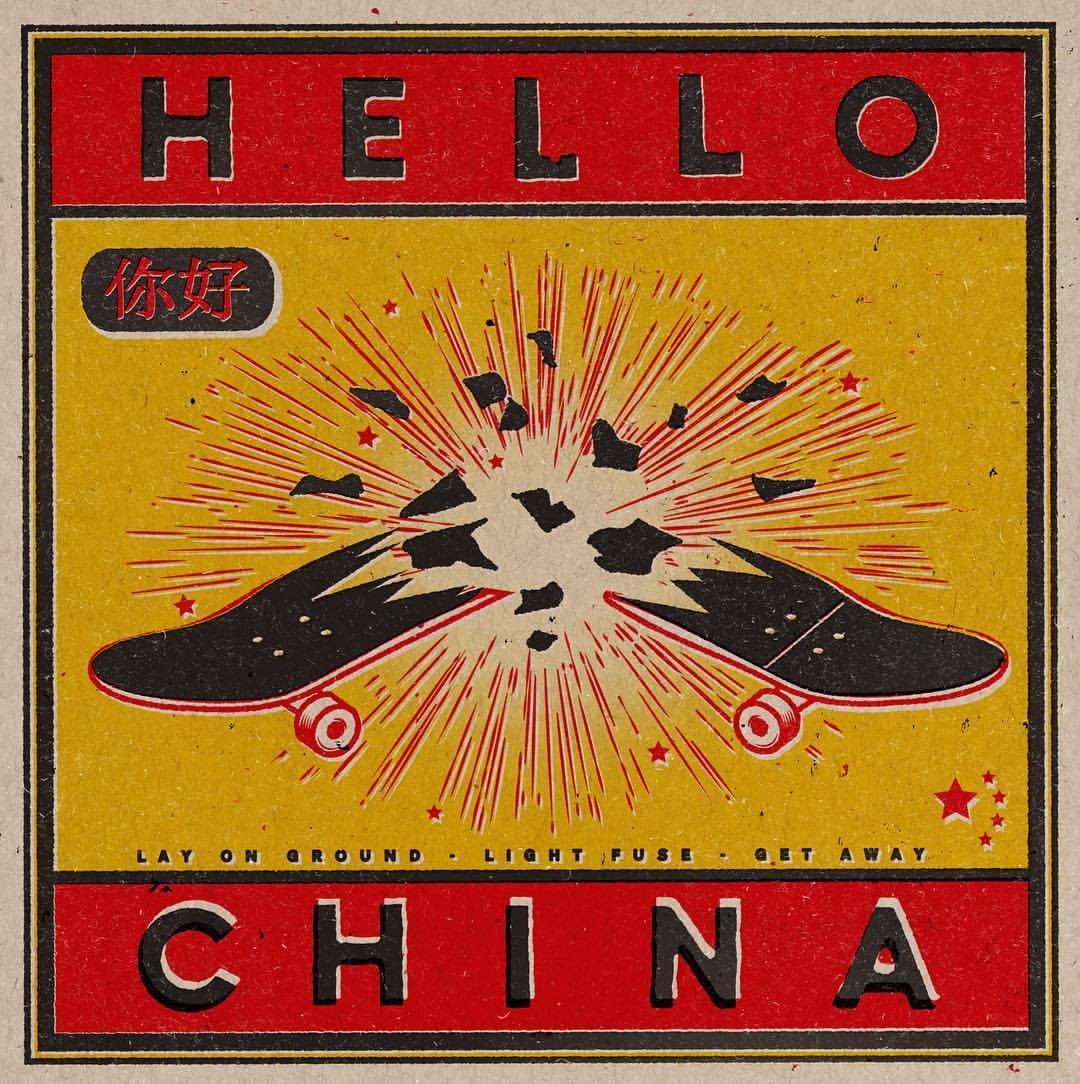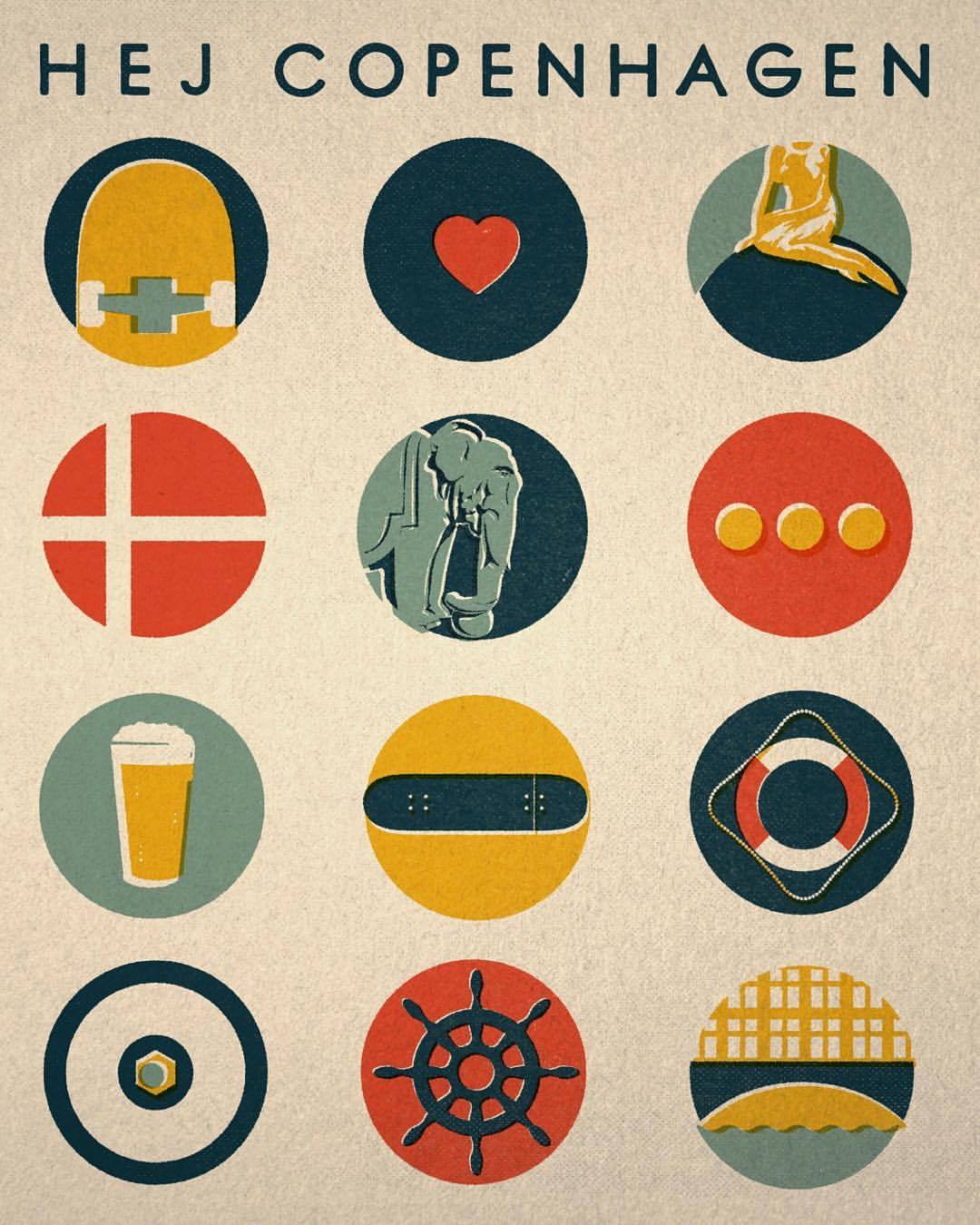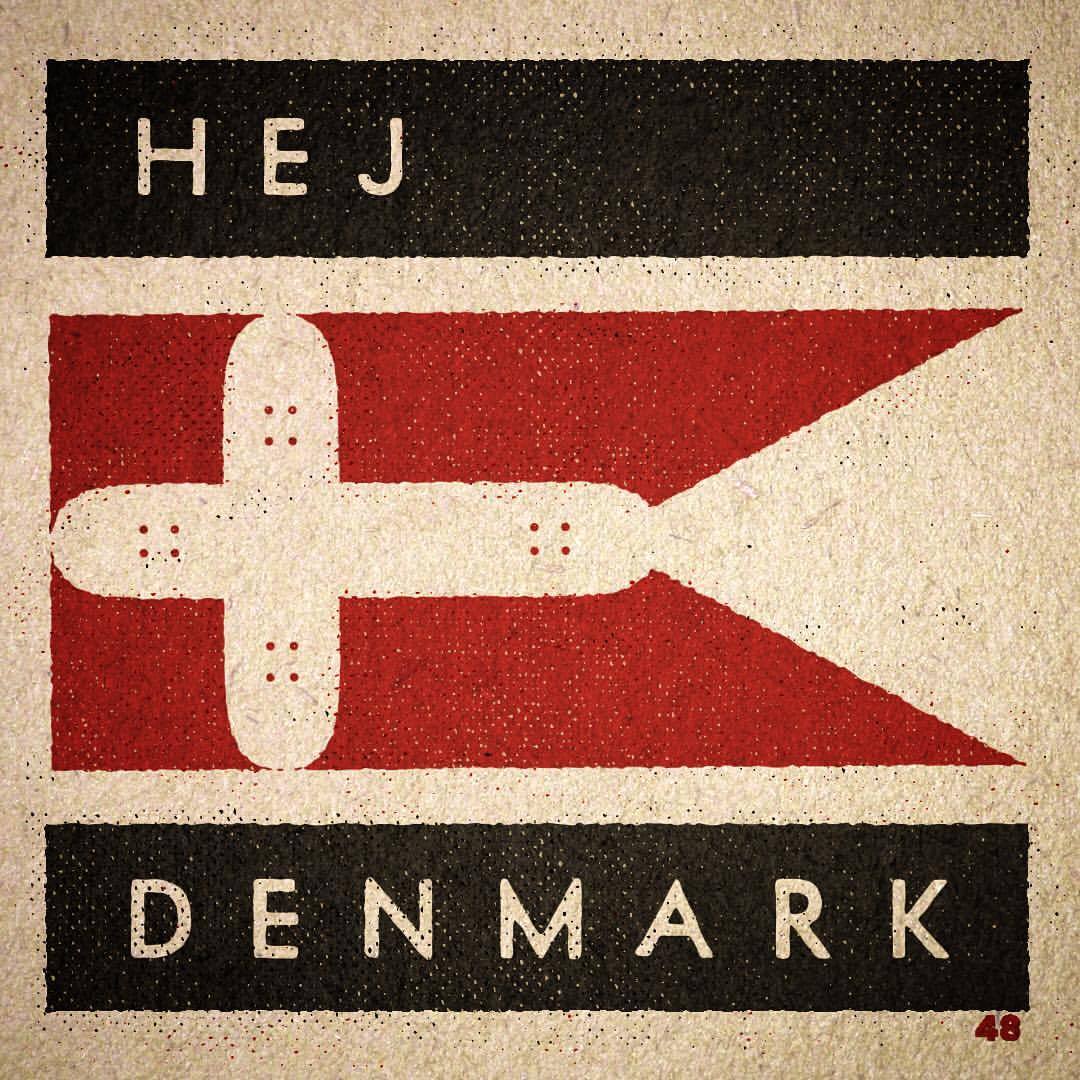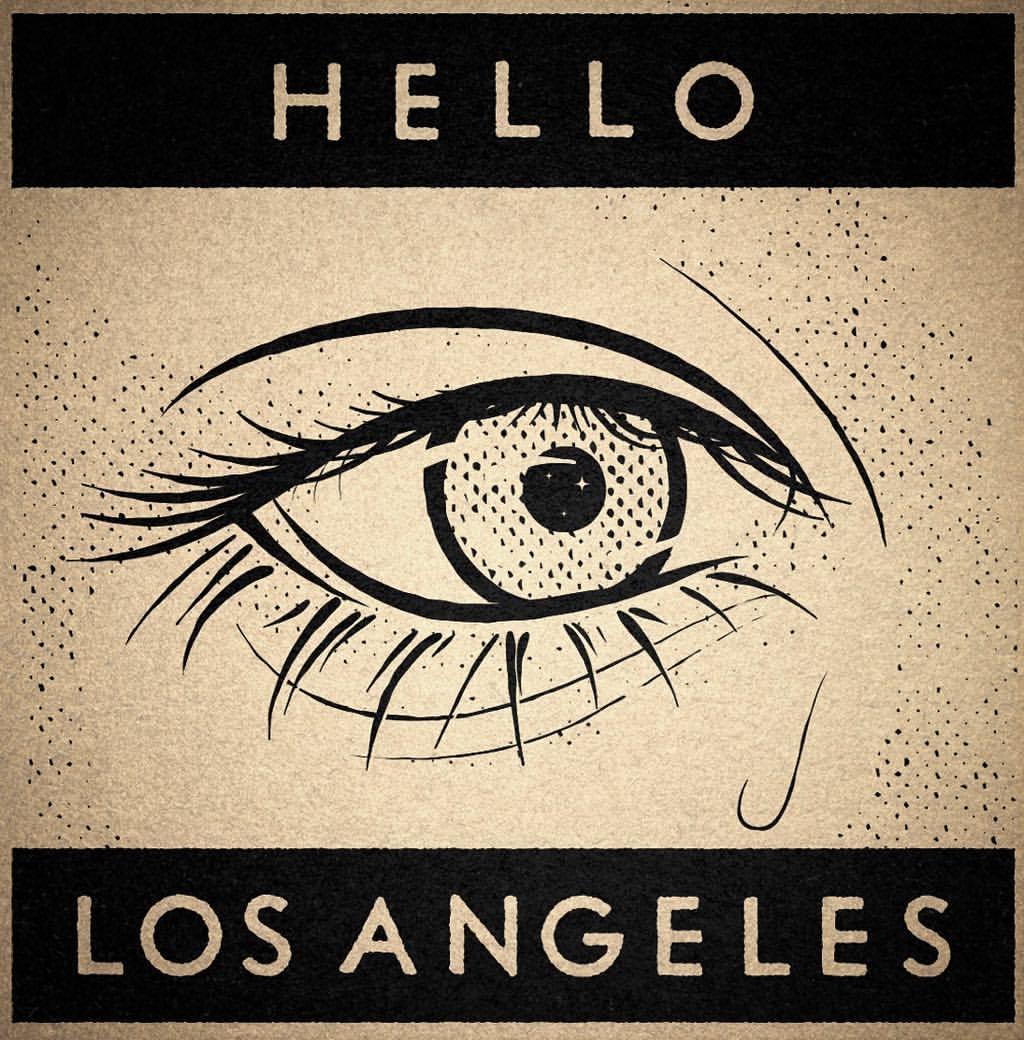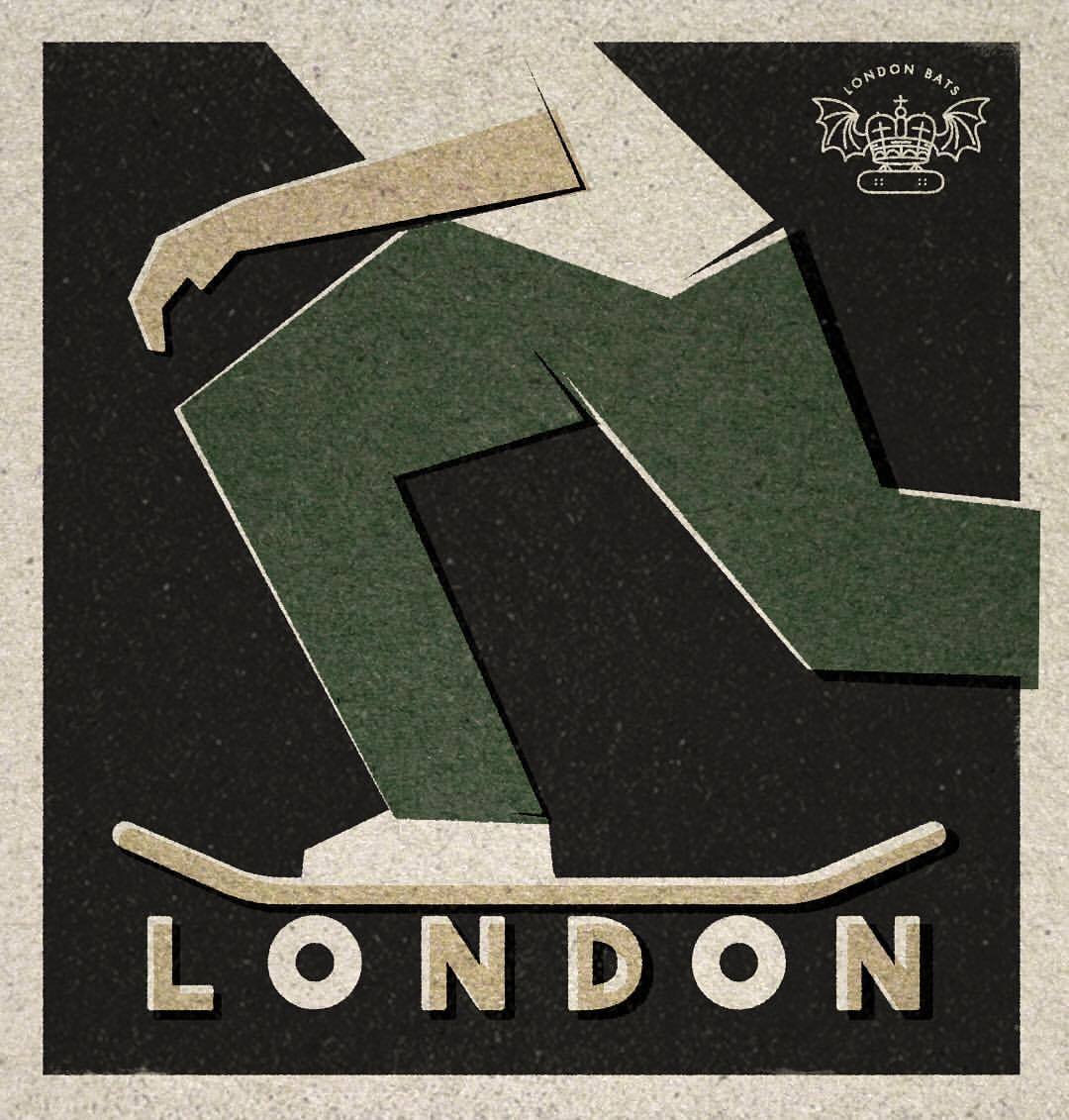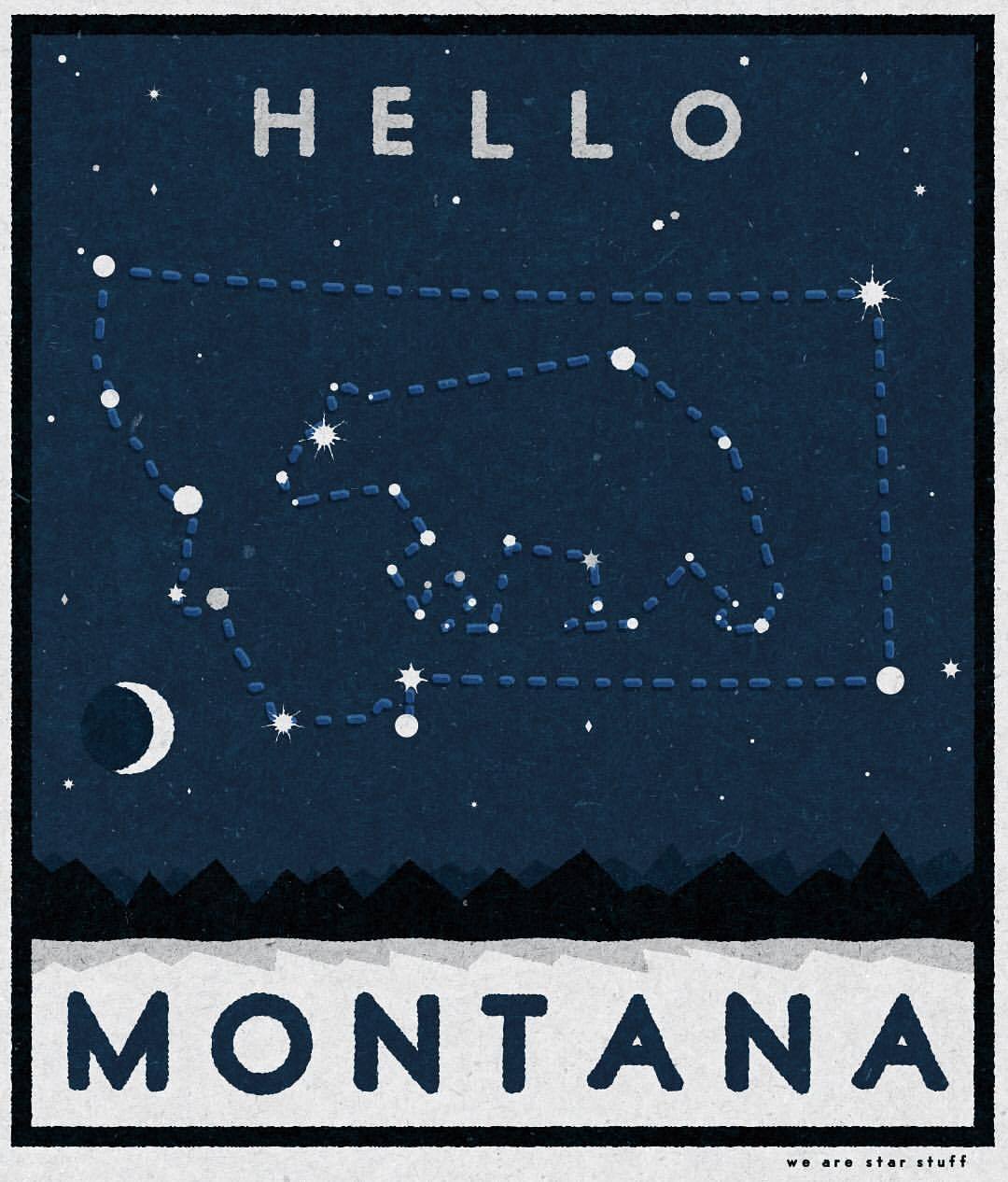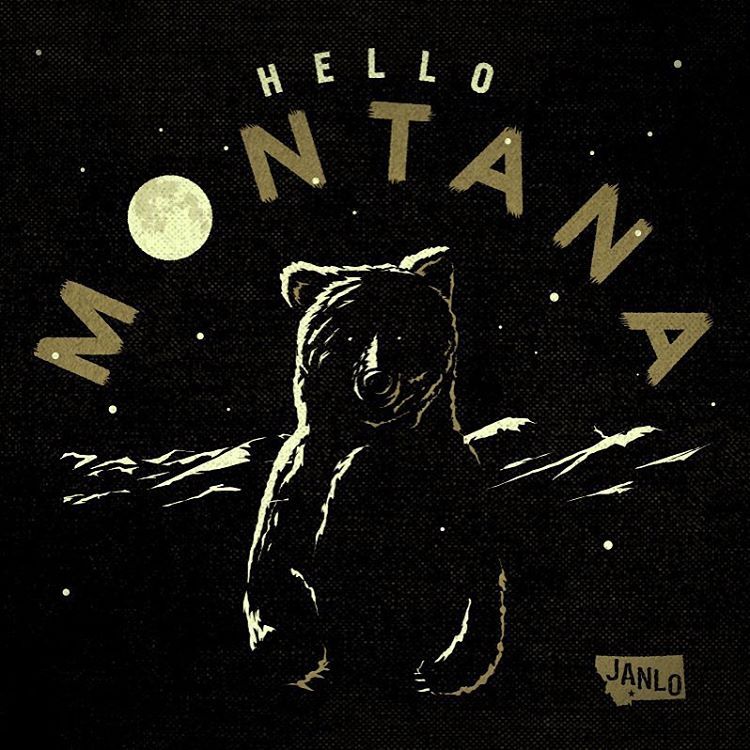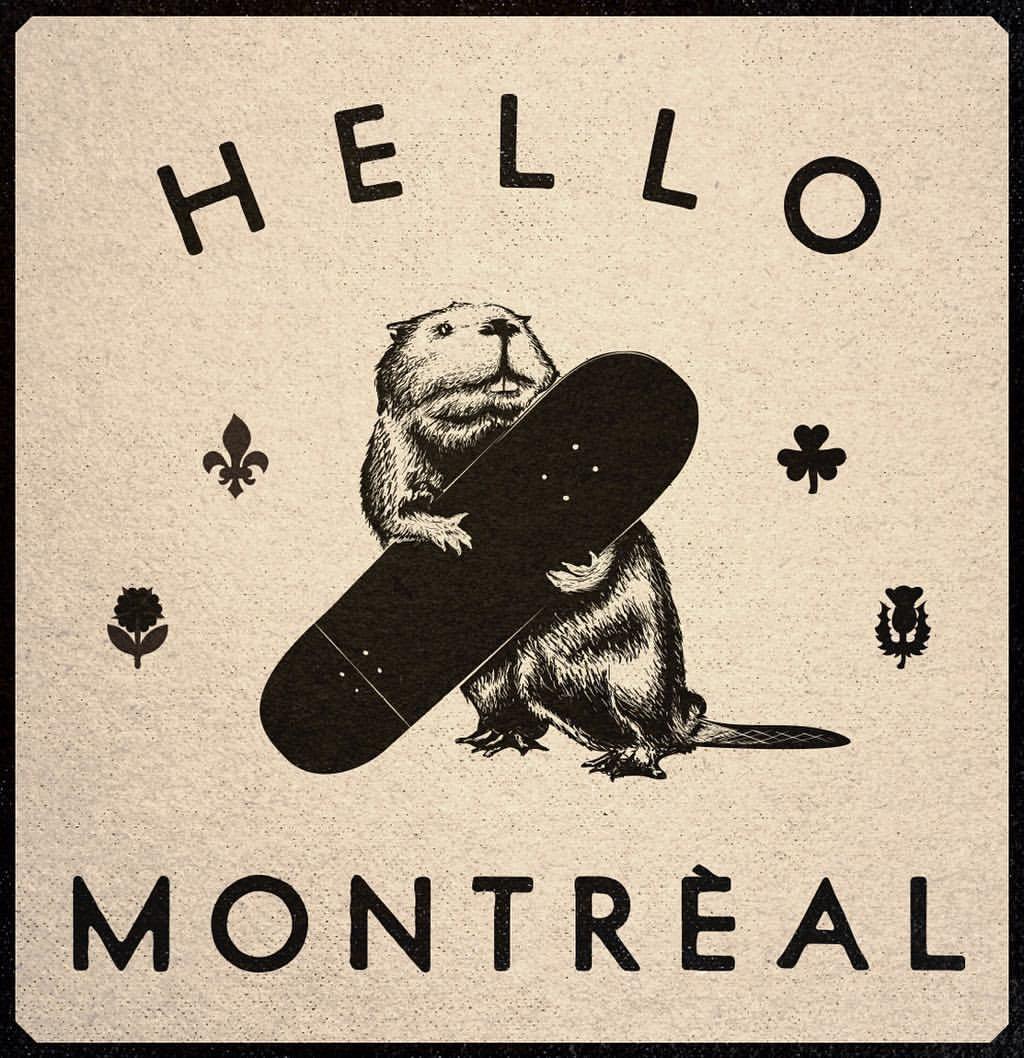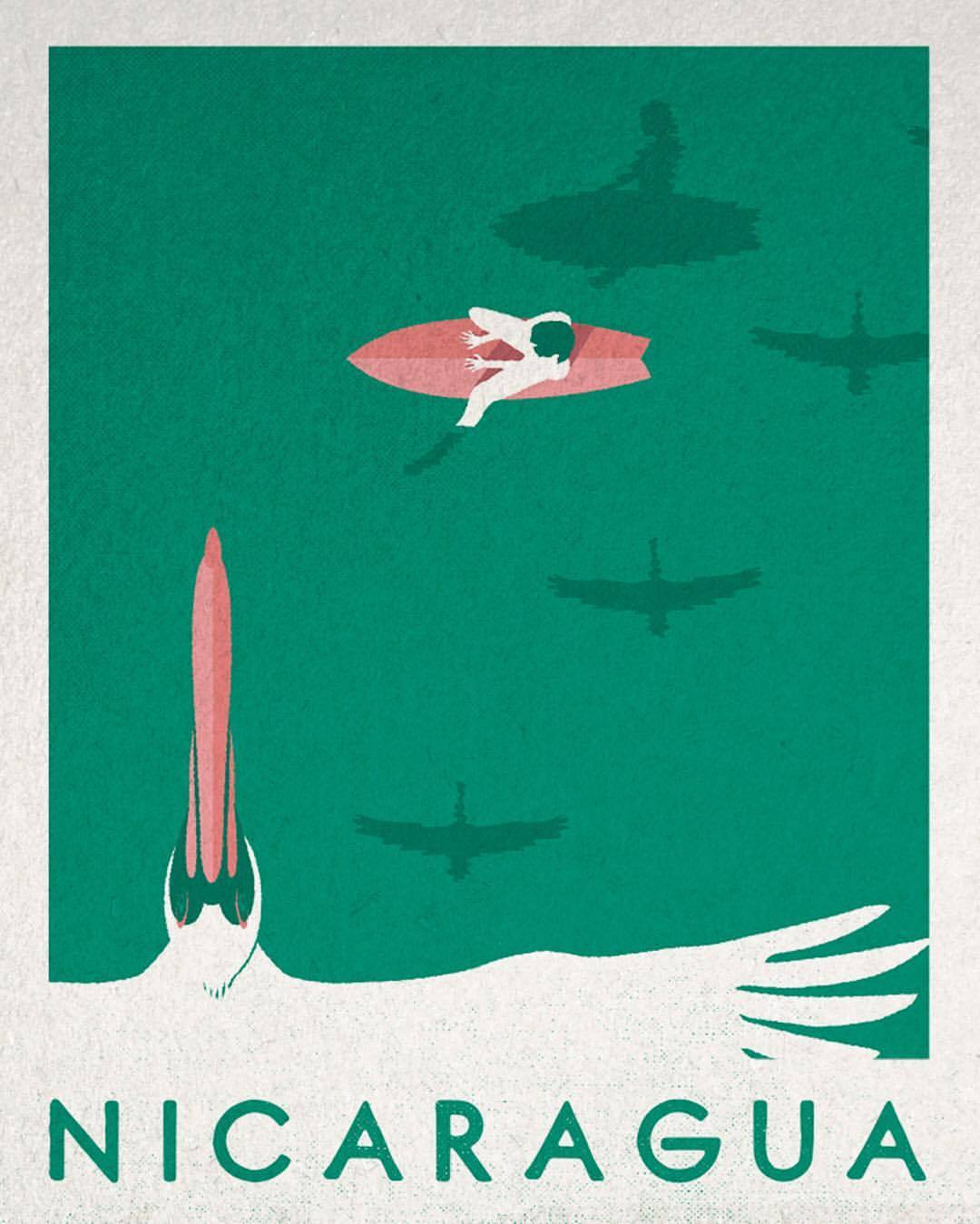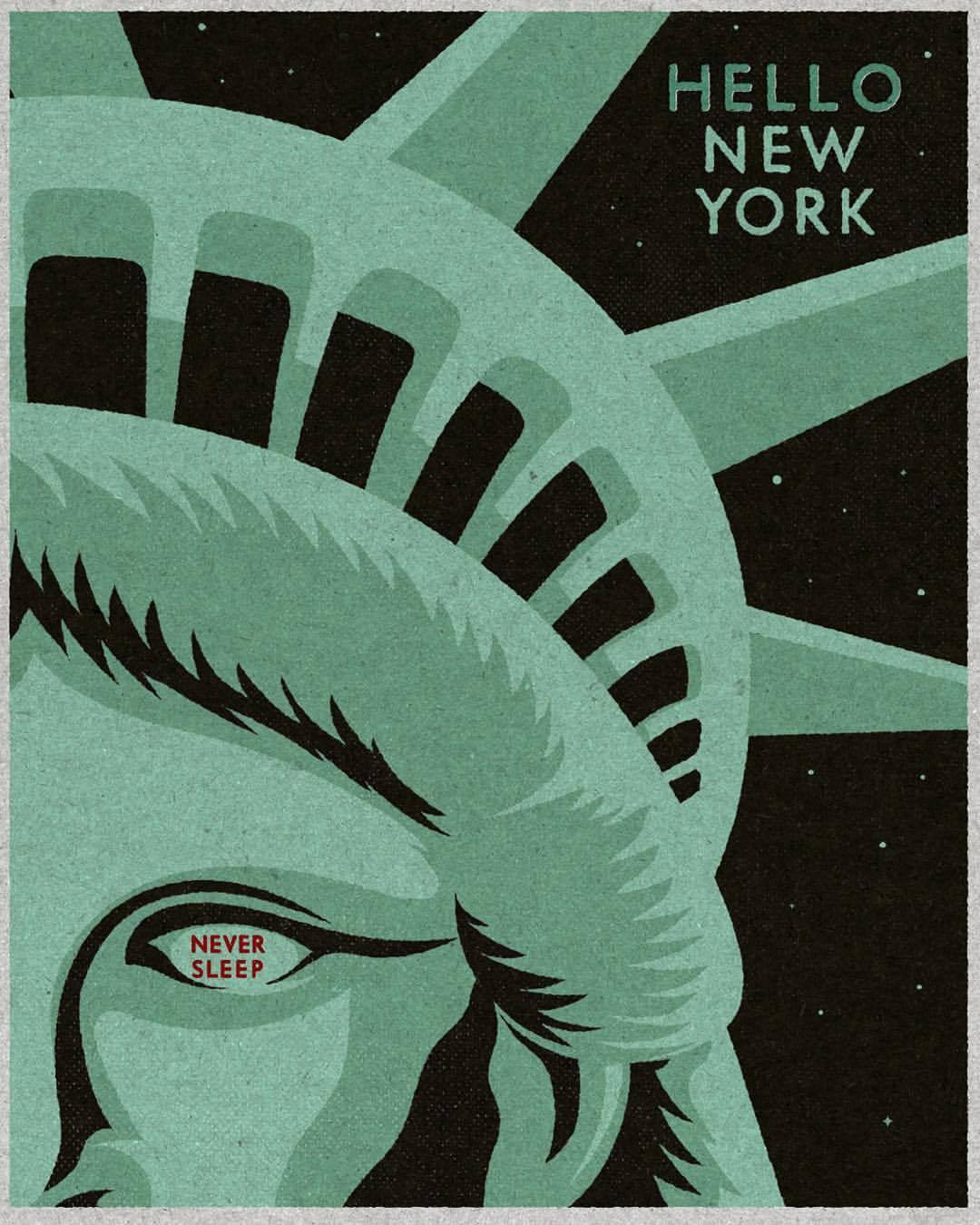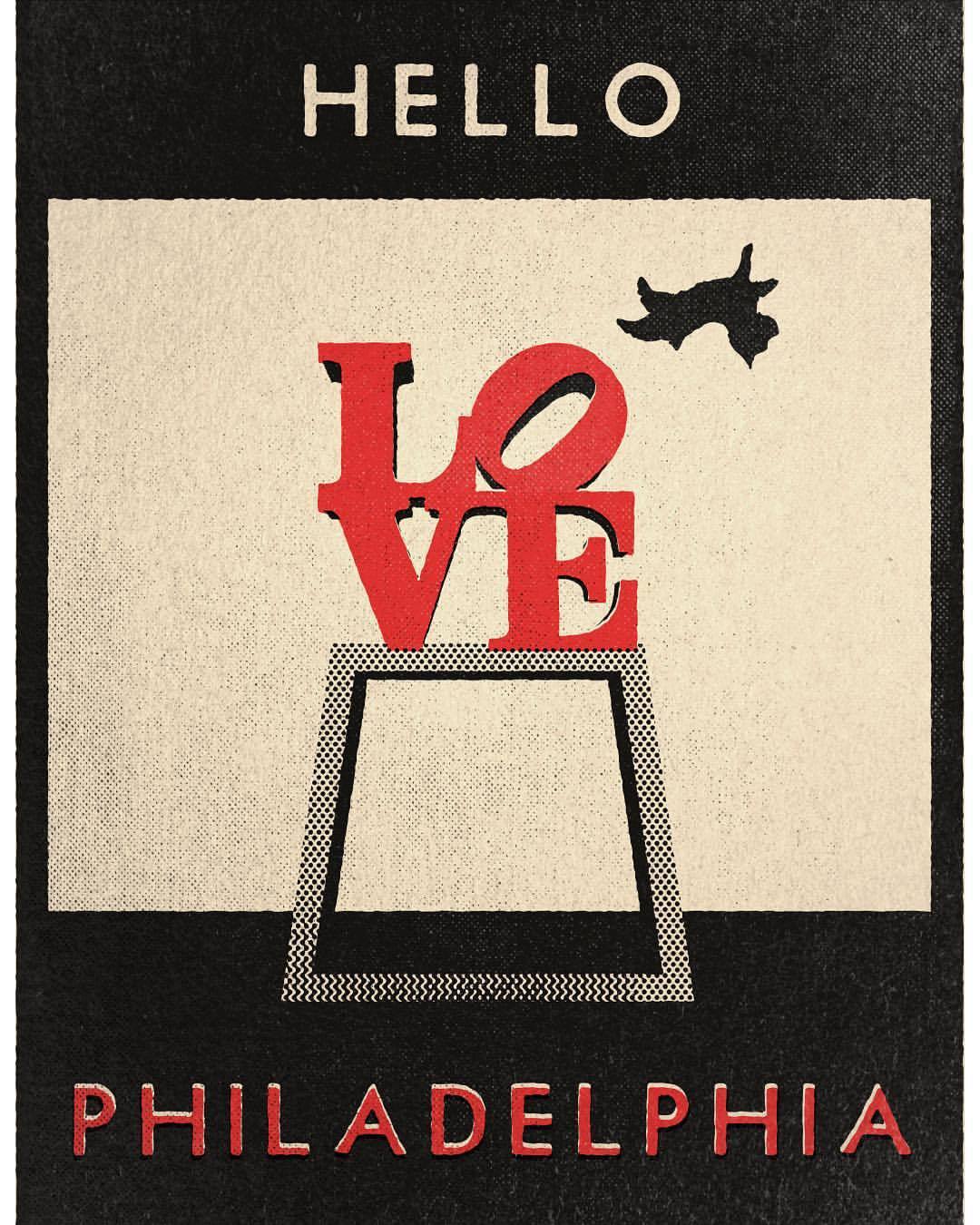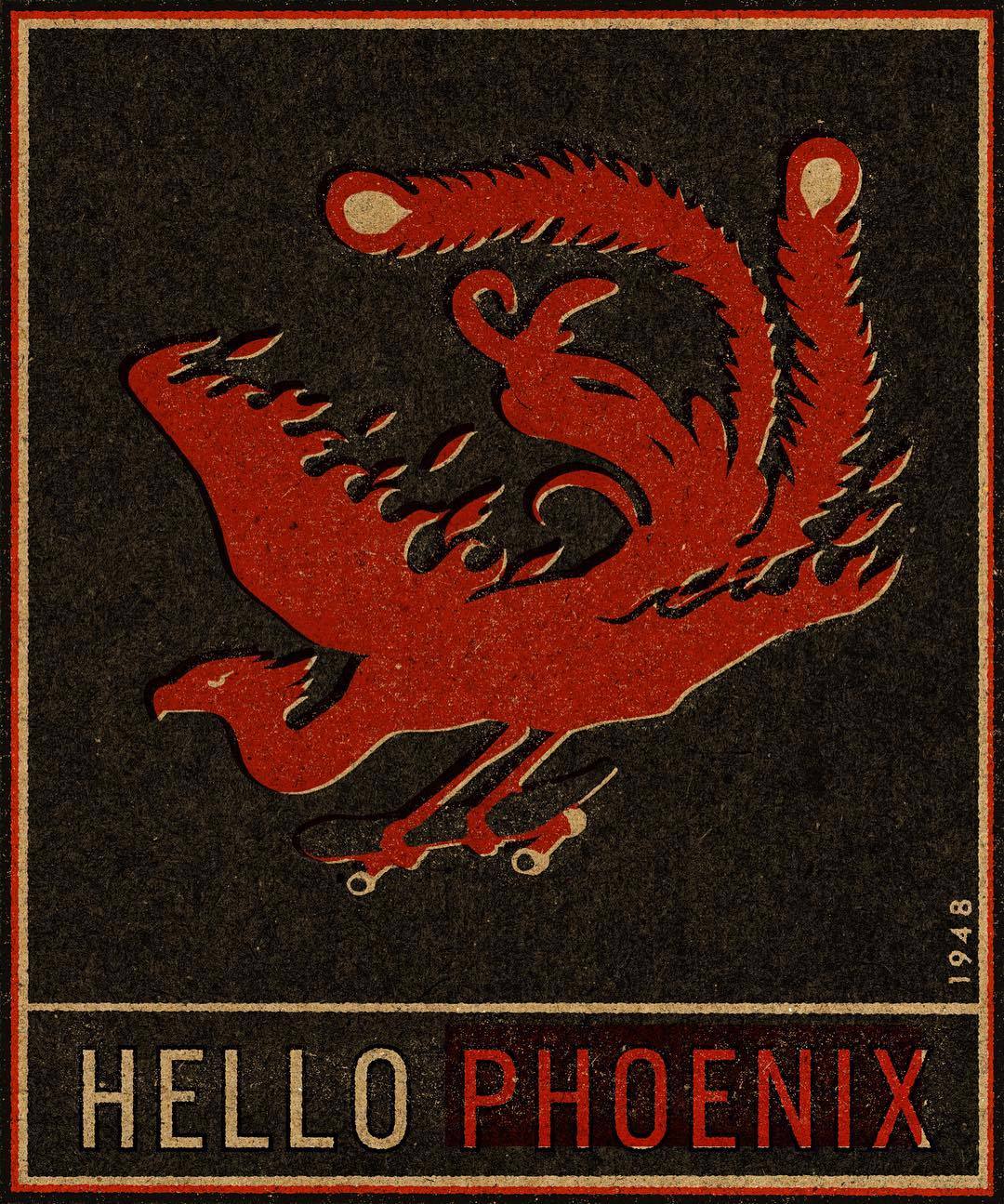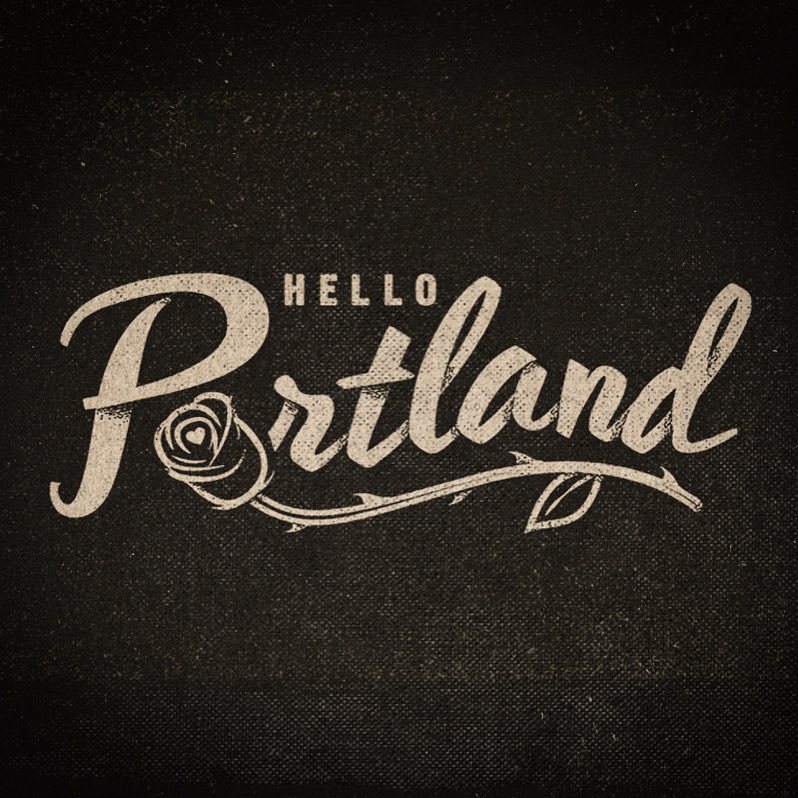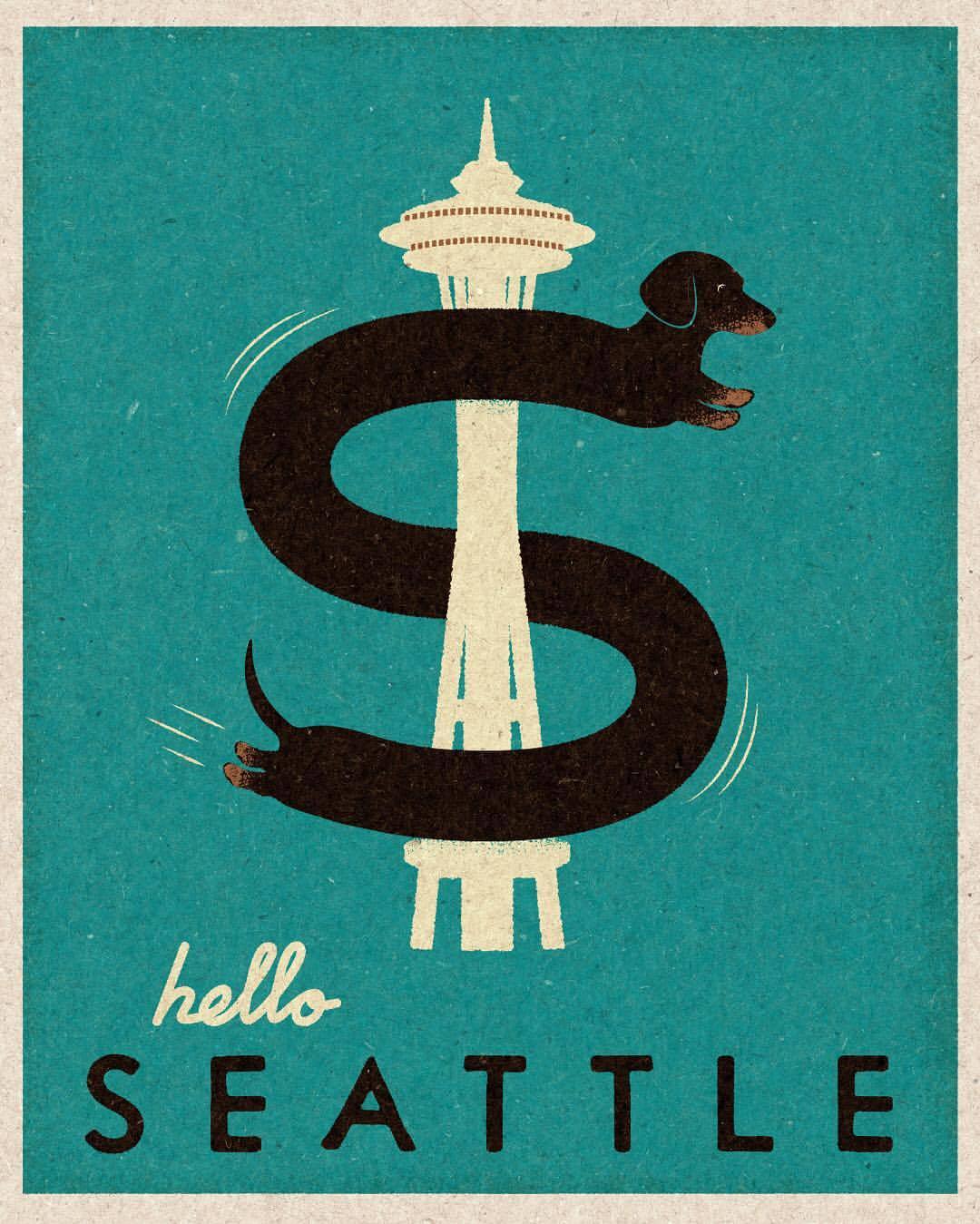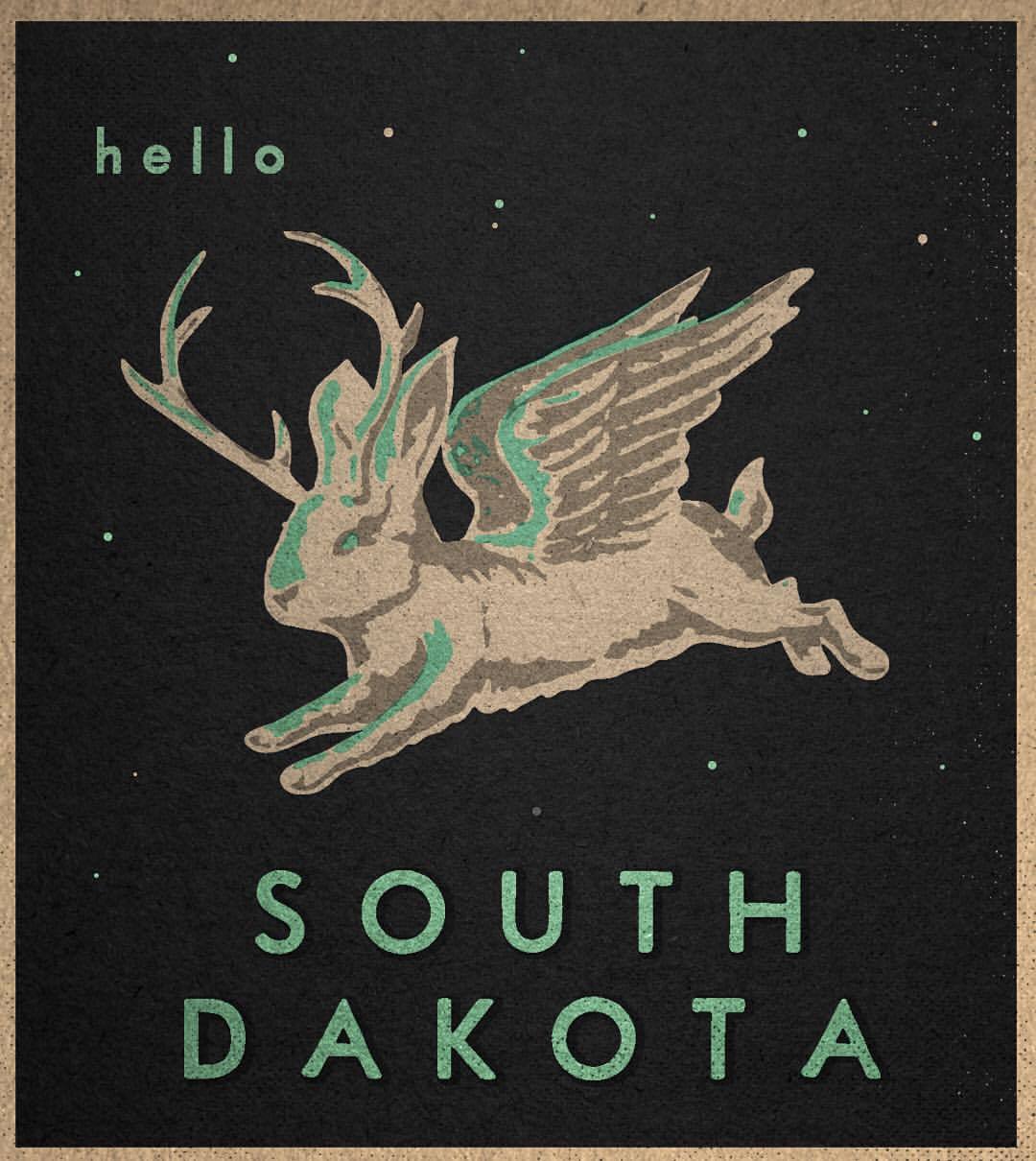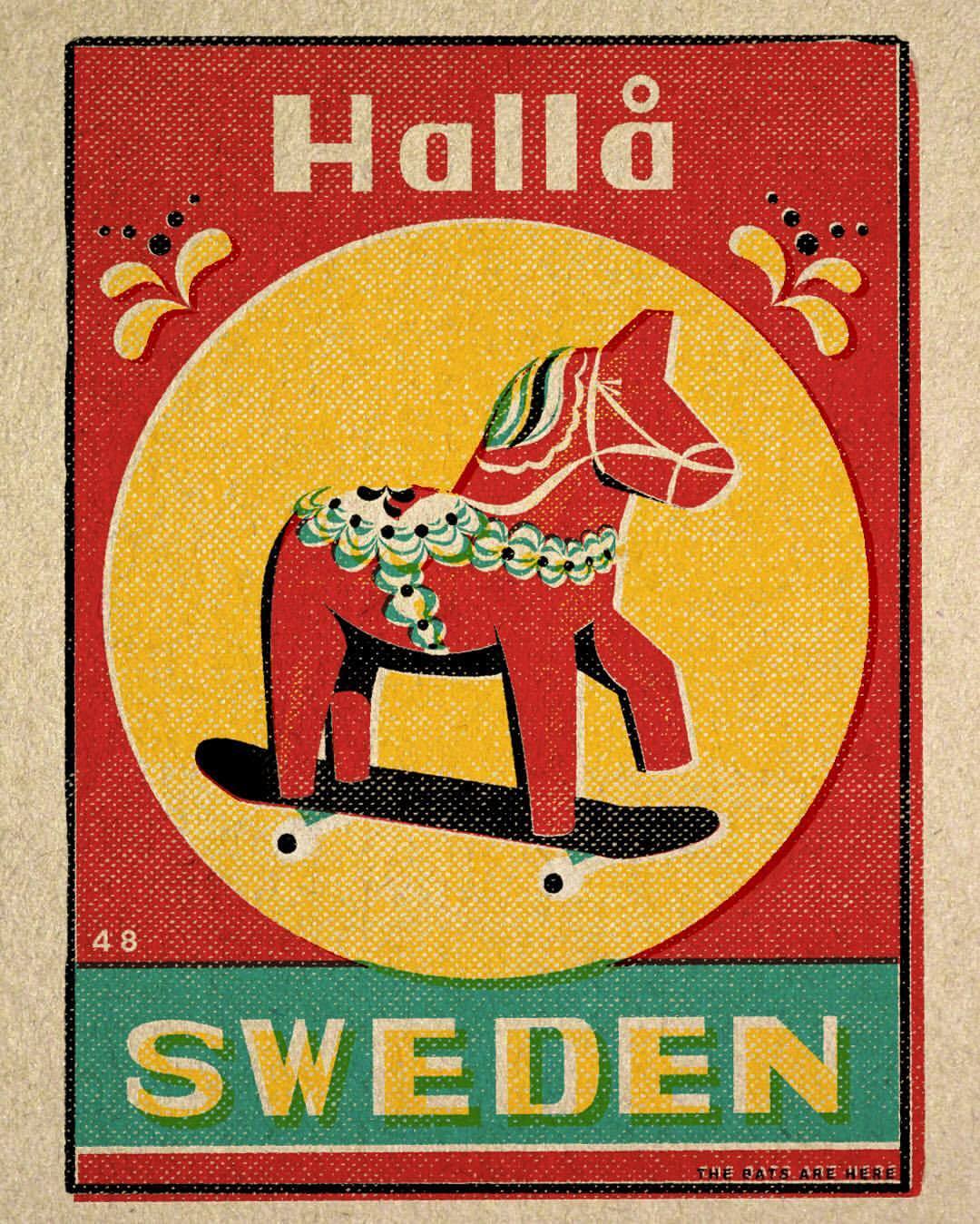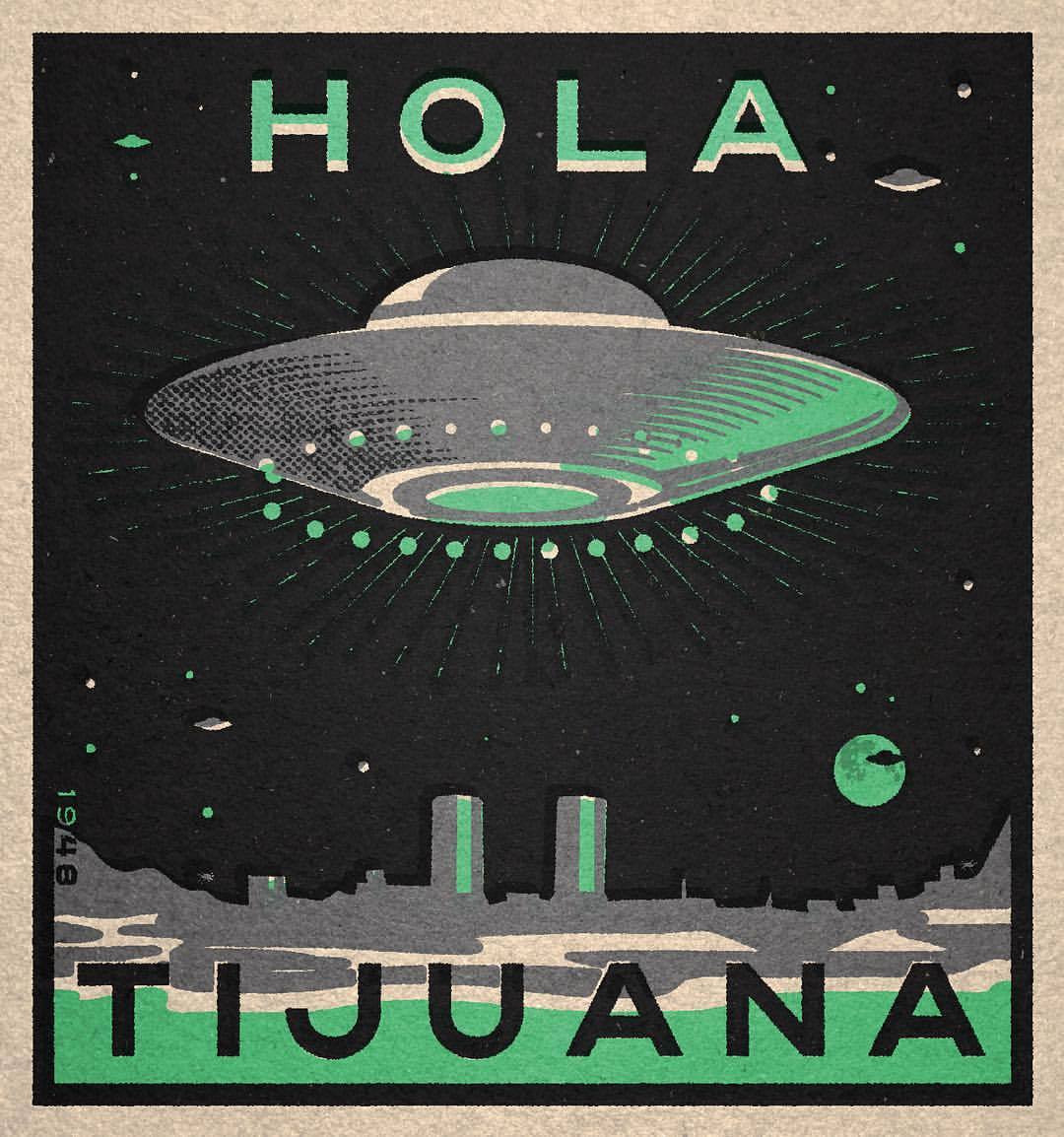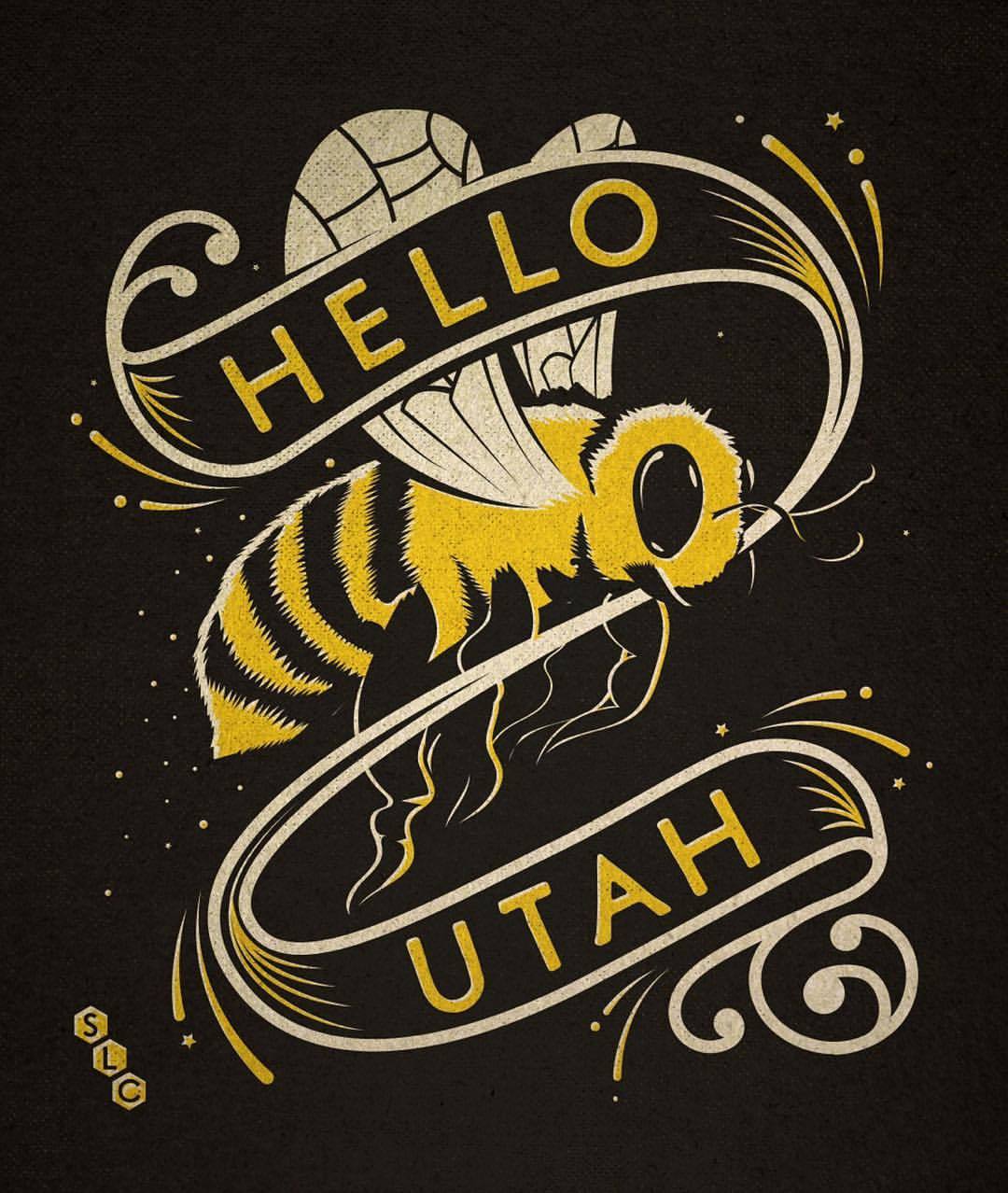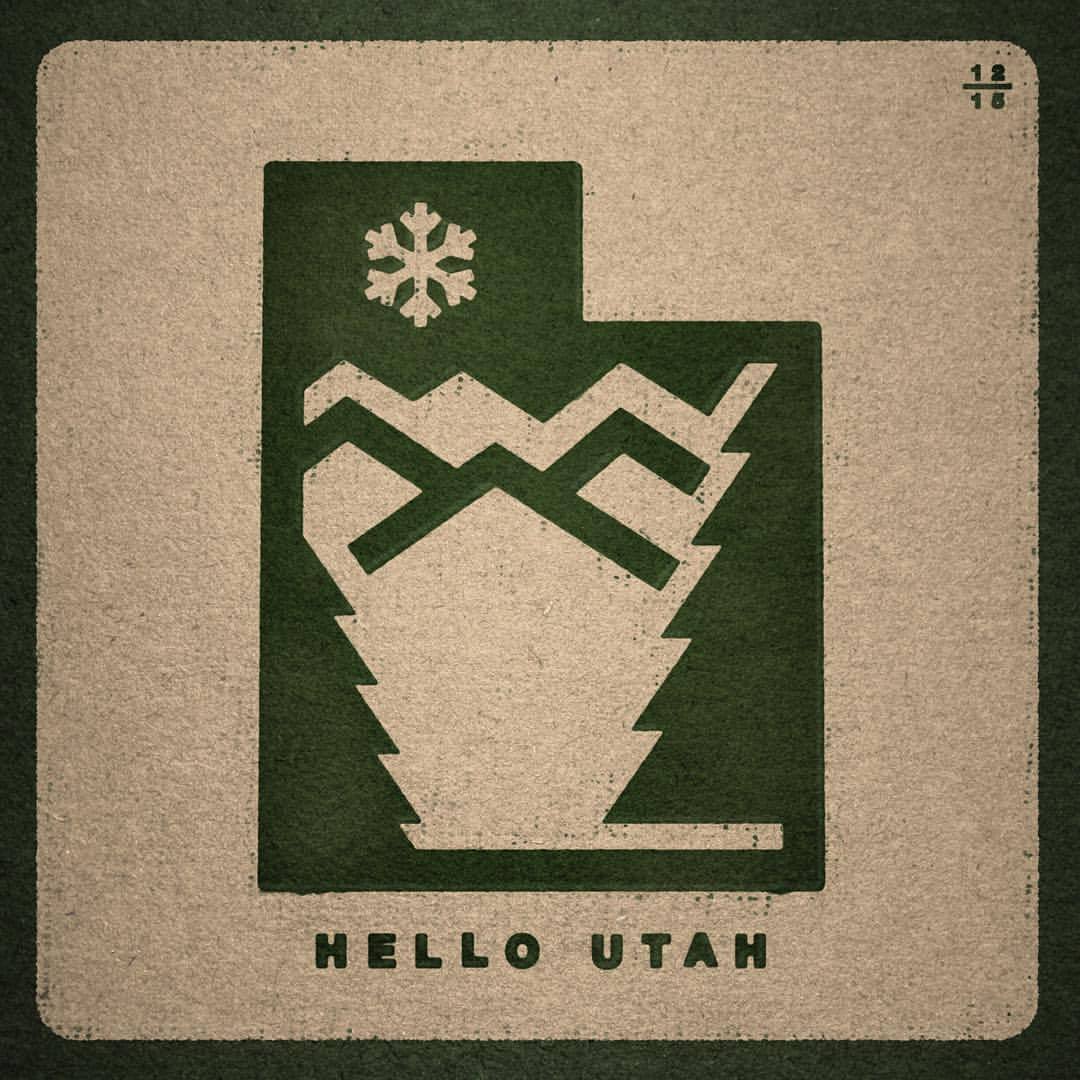This is a little feature about a guy I don’t know personally, but has been on my peripheral radar since I was a 9-year-old skate rat in Utah.
If you were ever a skateboarder and grew up in Salt Lake City, you’re familiar with the name Andy Pitts. Andy is an incredible skateboarder and is a pioneer of the Salt Lake skateboarding scene, helping to start one of the first indoor skateparks, Connections in 1999 (with another legend, Mike Murdock), and creating the DH48 videos that inspired tons of little bad-kids like myself to build ramps, go skateboarding, and have fun doing it.
Credit: Slug Mag
The reason I find Andy so brilliant is that he has built an amazing career combining my two favorite things on earth: skateboarding and design, and is currently the Creative Director at Deluxe Distribution overseeing creative work for Real Skateboards, Spitfire, Thunder, and Venture Trucks, all companies that I grew up idolizing. On a day-to-day basis Andy designs wheels, decks, and advertisements for some of the biggest companies and names in skateboarding, and I was motivated and inspired to learn how his journey came to be and sponge up some wisdom.
Although I feel like there hasn’t been a ton written about it; design has always been an incredibly integral aspect to skateboarding, an unsung hero that contributed heavily to the image and culture we know today. The industry has produced some of the most incredible designers, illustrators, and thinkers who, in the true nature of skateboarding, are constantly pushing boundaries to create amazing work. If you aren't too familiar with the amazing work artists/designers in the world of skateboarding have created, check out some of these artists who have inspired me:
And a million more I’m probably forgetting...
Anyway, after creeping the internet and doing some research I know that Andy started out as a Graphic Designer in 2005, teaching himself along the way. His connections in skateboarding led to freelance work for Deluxe, eventually leading to a full-time job in San Francisco as creative director. Apparently he also can build anything, is capable of drinking an infinite amount of beers, and is disgusted by apple juice.
Because he designs across many brands and mediums, Andy’s work spans a TON of styles. It’s also amazing that he constantly creates exceptional personal work in addition to managing the creative output for some of skateboarding’s most ingrained brands. I’m gonna stop rambling so much and share some of the shit I find super inspiring: check it out and get familiar:
Andy's Instagram account is full of gems and a highly recommended follow if you dig skateboarding, traveling, and great illustrative design. He seems to travel like a madman and designs all along the way. I find myself really inspired by his city-related illustrations which I can only describe as CRISPY & SMART:
Andy is a truly badass human (he sent me an AMAZING little 'zine involving tin-foil hats and brainwaves just because I reached out on Instagram), and was super-receptive when I asked him if he would be down to answer some questions for a miniature-interview (mostly for my own selfish-learning benefit because I don't know how many people read this...). It took me a while to concoct the right questions and I hope I don't come off as too much of a creeper but here are some thoughts from Andy about design, skateboarding, and just random stuff in general:
Ahoy Andy! Thank you a million for the mini-interview, I'll just jump in:
Was there any particular artist/moment/epiphany that lead you to start design/freelancing? Did you dive right in 100%?
I had been doing a lot of personal art and little things for shops in Salt Lake. I read an interview with Winston Tseng (Enjoi’s Art Director) and just decided to cold-email him to find out how one goes about working in the skateboard industry. He was kind enough to respond to me with some tips and advice from his perspective. From that moment on I was all about it, working at bettering my range of skills and making the right connections within different art rooms to land some freelance jobs at a variety of companies.
Random, but I'm just super curious; how many decks/wheels/trucks do you design in a year?
I can’t honestly say as it is a constant flow of projects for all the brands, that are all continuously stacked and over lapping. Right at this moment in time, I’m concurrently working on 12 different decks, 3 wheels, a couple tee shirts, stickers etc, an ad, and 2 trucks. This is pretty a typical list/day for me - when I get one of those pieces out the door, another one will shuffle in and I’ll get that going in the mix. All the burners are usually fired up with lots of stuff cooking at once. A guess would be maybe a hundred different things in a year? a hundred fifty? I really have no idea.
How important is design to skateboarding? For instance, will someone choose a product based on a cooler graphic over the company/pro they prefer?
Every single person is different in what they do, choose, prefer and think. That’s the beauty of life. The only thing I really know is what goes on in my head, beyond that I can only take guesses at why someone would want thing A over thing B. I’m sure there is a marketing room psychologist in a board meeting somewhere who tries to understand what is cool - but for me personally, I just try and make stuff that I like, am hyped to work on and hopefully someone else in the world will find compelling, interesting or inspiring.
What current designers crush it/inspire you (skateboarding or otherwise)?
Everyone here in the Deluxe artroom kills it - it’s rad to work with this crew of dedicated creatives who just flat out love skateboarding. I get inspired and motivated by anyone I see putting an intense amount of love and passion into something they are working on regardless of subject.
Do broader design trends affect design in the skateboard industry?
We’re all steeping in the same tea.
Do you work at all with the skateboarders who you are creating designs for?
I love it when someone has input or direction for what they want. It’s a full spectrum of input from people though, I get everything from detailed visual information, all the way down to not caring at all.
What would you recommend to a designer who wanted to work in the skateboard industry?
Be diverse. Be able to do a variety of artistic things well. Illustration, graphics, layout, typography, color, collage, painting, construction, brainstorming, screen printing, concepting, video, motivation etc. The more skills you have honed and bring to the table, the better off you will be if you are looking for a permanent artistic position in the skateboard industry. Plus having lots of interests makes for nice, well rounded living.
Salt Lake City or San Francisco?
Aw man - San Francisco is definitely a cozy home for me right now.
Favorite trick to do?
Cramming in all the different things I want to do in the 16ish hours that I’m awake every day.
I think that's all I got without getting too deep:) Thank you SO much! I can't tell you how much I appreciate it.
Hopefully anyone reading scopes the awesome work Andy makes and learned some cool shit!



